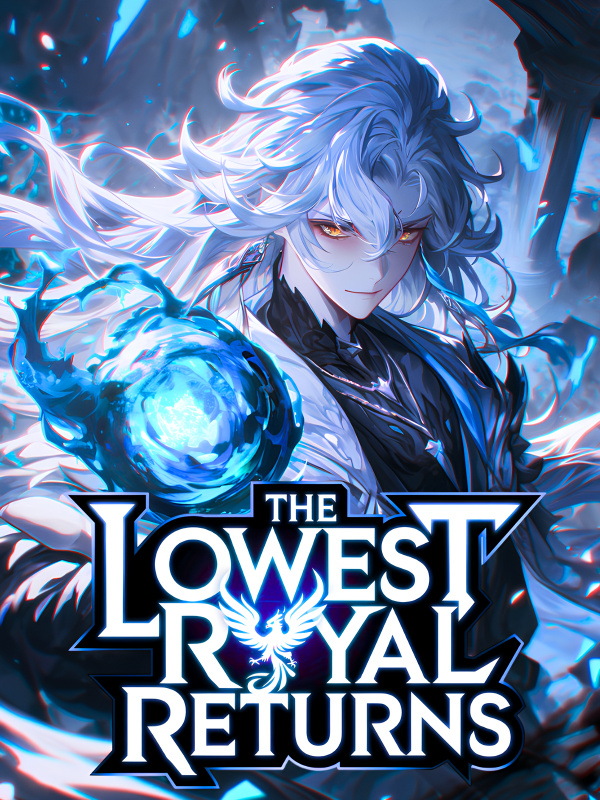Lord of the Sky City-Chapter 839 - 821: New Plan
Chapter 839: Chapter 821: New Plan
When it comes to Tank-type Armor, no one understands it better than Rocky. Therefore, his lack of attention to derivative models doesn’t stem from negligence—he simply has no intention of designing them.
In Rocky’s view, Tank-type Armor has no need for close-combat capabilities, as regular Void Magic Armor is more than sufficient for such tasks. Rather than focusing on this area, he believes it’s much more suitable to explore ways to make Tank-type Armor a more robust support unit.
Not only does Rocky scoff at derivative Tank Armor models produced by other companies, but he also has absolutely no intention of imitating them. In fact, he has his own clear and decisive plan.
He plans to further enhance the support capabilities of Tank-type Armor while simultaneously designing a completely new Void Magic Armor model dedicated to land-combat operations.
Over this period, Rocky has been occupied with these two projects. Since the war officially started, he realized relying solely on Tank Armor as the singular type of Land Combat Armor was far from enough to sustain the counteroffensive campaign, prompting the development of his ideas.
While Orton and others busied themselves with developing new technologies, Rocky led the armor research and development team to create both a new model of Tank Armor and a next-generation Land Combat Special Armor.
Rocky had long determined the main focuses for improving the new Tank-type Armor: first, increasing offensive power, and second, enhancing precision targeting capabilities. freewebnσvel.cøm
The current Tank-type Armor does possess decent long-range strike capabilities, but its overall attack power isn’t particularly strong. This is primarily due to the early production timeline of Tank Armor. When it first emerged, neither Elemental Technology nor Rune Technology was fully developed. Although the latest models of Tank-type Armor use Rune Technology, it’s mainly applied to propulsion systems, providing only limited improvements to other performance aspects.
In response, Rocky prioritized strengthening offensive power by designing an entirely new weapon system, enabling the Tank-type Armor’s long-range capabilities to reach the level expected of Rune Armor.
Additionally, he focused on upgrading the targeting system. As an armor specifically designed for support roles, precision is critical. However, this was another glaring flaw of the older Tank-type Armor models, whose rudimentary targeting systems performed satisfactorily as stationary artillery. In intense battles, though, their shortcomings became painfully obvious.
To address this, Rocky incorporated a new targeting system to enhance the Tank-type Armor. His ability to achieve this improvement was largely thanks to the Magic Energy Research Institute’s contributions, whose technologies included remarkably advanced targeting systems praised even by Pelaya as top-class innovations.
As a result, the design of the new Tank-type Armor faced no insurmountable difficulties. All Rocky needed to do was integrate existing mature Rune Technology and Elemental Technology into the Tank Armor.
Thus, Rocky’s real priority project was the development of the next-generation Land Combat Special Armor.
Rocky’s dedication to the development of Land Combat Special Armor was unmistakable, exemplified by his commitment to Tank Armor and now amplified further. He understood better than anyone else that to control land operations, reliance on Land Combat Special Armor was essential—air power alone, no matter how strong, wouldn’t suffice.
But what kind of armor design was needed to truly meet the demands of ground combat?
This question posed the first major challenge to overcome.
"We need to design armor specifically created for land combat—a Land Combat Special Armor, not Void Magic Armor."
Facing his research team, Rocky repeatedly emphasized this point, insisting that everyone align with this concept: they were to construct armor crafted exclusively for ground warfare, not Void Magic Armor.
Under these circumstances, the first proposal was quickly presented and approved: completely abandoning the armor’s flight capabilities.
Ground combat doesn’t require flight capabilities. Besides, humanity’s aerial forces are already exceptionally powerful, whether through warships or Void Magic Armor, which have long dominated the skies. Even though demons have developed their own flying breeds, their efforts have failed to challenge human aerial supremacy since the advent of Rune Battleships and Rune Armor.
It was quickly agreed upon that Land Combat Special Armor didn’t need flight functions.
Once this principle was established, other proposals promptly surfaced. Removing the flight functions eliminated the primary source of mana consumption for the armor, making mana reserves suddenly abundant, which offered vast potential for the design of Land Combat Special Armor.
As a result, numerous proposals emerged over the next month. Some were rejected, others approved, while a few remained under testing. Meanwhile, Rocky managed both projects simultaneously, splitting his focus between developing the new Tank-type Armor and designing the new Land Combat Special Armor. Eventually, overwhelmed by the workload, he enlisted Hammerfire’s help.
At the same time, the counteroffensive campaign continued fiercely.
After successfully capturing Marta City, the Allied Forces didn’t immediately march on to other cities. Instead, they chose a steady and methodical approach, which proved to be a prudent decision. Since Marta had been chosen as the primary objective of the opening battle, it was evident the Allied Forces intended to establish the city as the headquarters for the war effort. After regaining control of the city and eliminating all demons within its boundaries, they began extensive fortifications inside the city.
Collapsed walls were rebuilt, towers were restored to their former heights, and bunkers housed scores of soldiers. The reclaimed Marta City quickly regained its former defensive prowess, emerging as a solid fortress.
With this fortress, the Allied Forces had effectively established a headquarters for ground operations, allowing them to orchestrate movements with Marta as their center.
Though the Allied Forces worked tirelessly on preparations, the demons weren’t idle either. Though they didn’t appear in large numbers during the month-long restoration of Marta, swarms of demons began to show up afterward.
As if they intended to retake Marta City, the demons launched their first large-scale counterattack with numbers exceeding twenty thousand. Over twenty thousand demons of various types stormed forward like an uncontrollable tide—not only shaking Marta City but making the very earth itself tremble amid the fierce clash.
This scene was unlike anything most City Lords had ever witnessed. Even those owning land-based enterprises frequently assaulted by demons often faced attacks numbering only in the thousands. Such minor skirmishes paled in comparison to the overwhelming clash of over twenty thousand demons charging together. When faced with this colossal spectacle, even seasoned individuals found themselves stunned and paralyzed.






